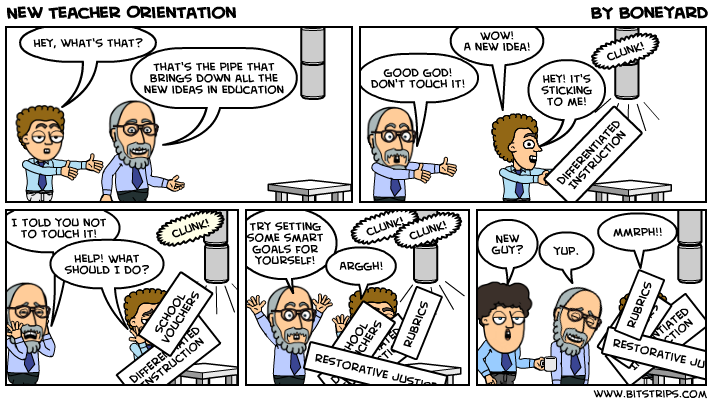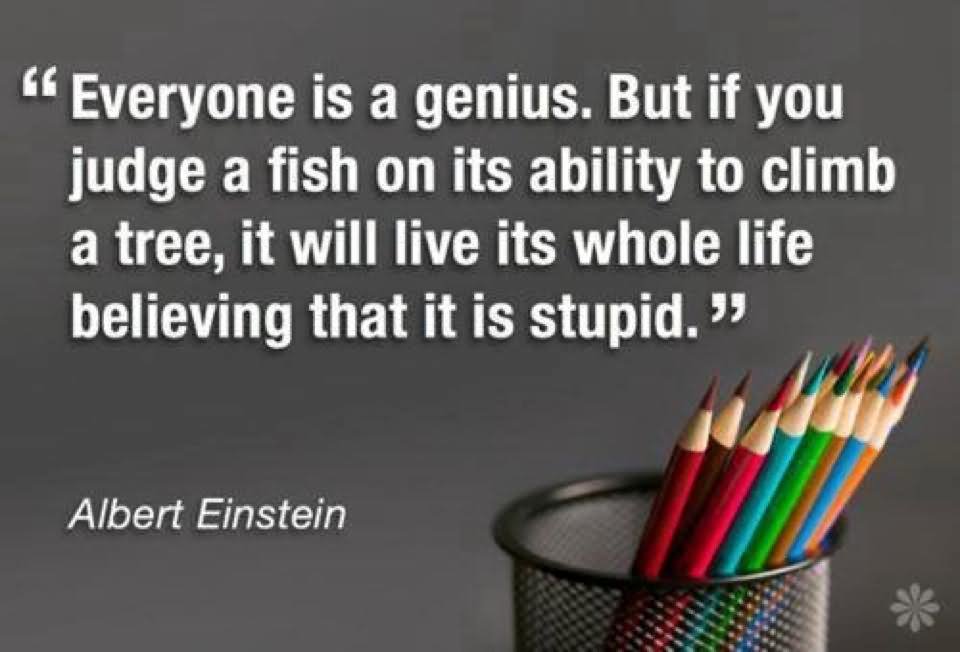 |
| 4th Period |
I taught the lessons to periods 4, 6, and 7. I used period 5 to make adaptations and improvements. Mr Brown also wanted me to get the feel for how fast the break between classes is, and I also learned that I will need to build my stamina for being on my feet and teaching all day.
 |
| 4th Period |
6th Period: This class was almost opposite. They were quiet, except for a few individuals in groups. When classes are quiet, I worry that I'm not getting through to them or they are not learning or enjoying them selves. Mr Brown told me after that this was not the case. They are very interactive to him, and that will build I am a part of their daily lives. A few times, he had to remind students to ask me the questions because I was the teacher, not him. Time management was a bit of an issue here, but it was more of a "will come with practice" thing.
 |
| 6th Period |
Overall
Mr Tuner and Mr Brown said they believe I am right where I need to be. They liked how I handled classroom management and how I showed accountability by checking in with each individual group. I also got them out of their comfort zone with group work. There are things I need to work on though. I need to not just go to the most vocal person. I need to make sure I have objectives posted with the standard numbers included. I also need to be very deliberate with the inclusion of vocab. My own assessment is that I am proficient with the actual act of teaching, but I need to polish all of the other supporting details that surround it.
I am blessed to be able to have spent a day there teaching my lesson. I feel like I learned so much in one day, and I can't wait to spend every day there. I feel like this teaching thing is for me. I just need to buckle down and do the behind the scenes work that goes with it.
 |
| L to R, Mr Curt Turner, Myself (Mr Repetz), and Mr Doug Brown |









